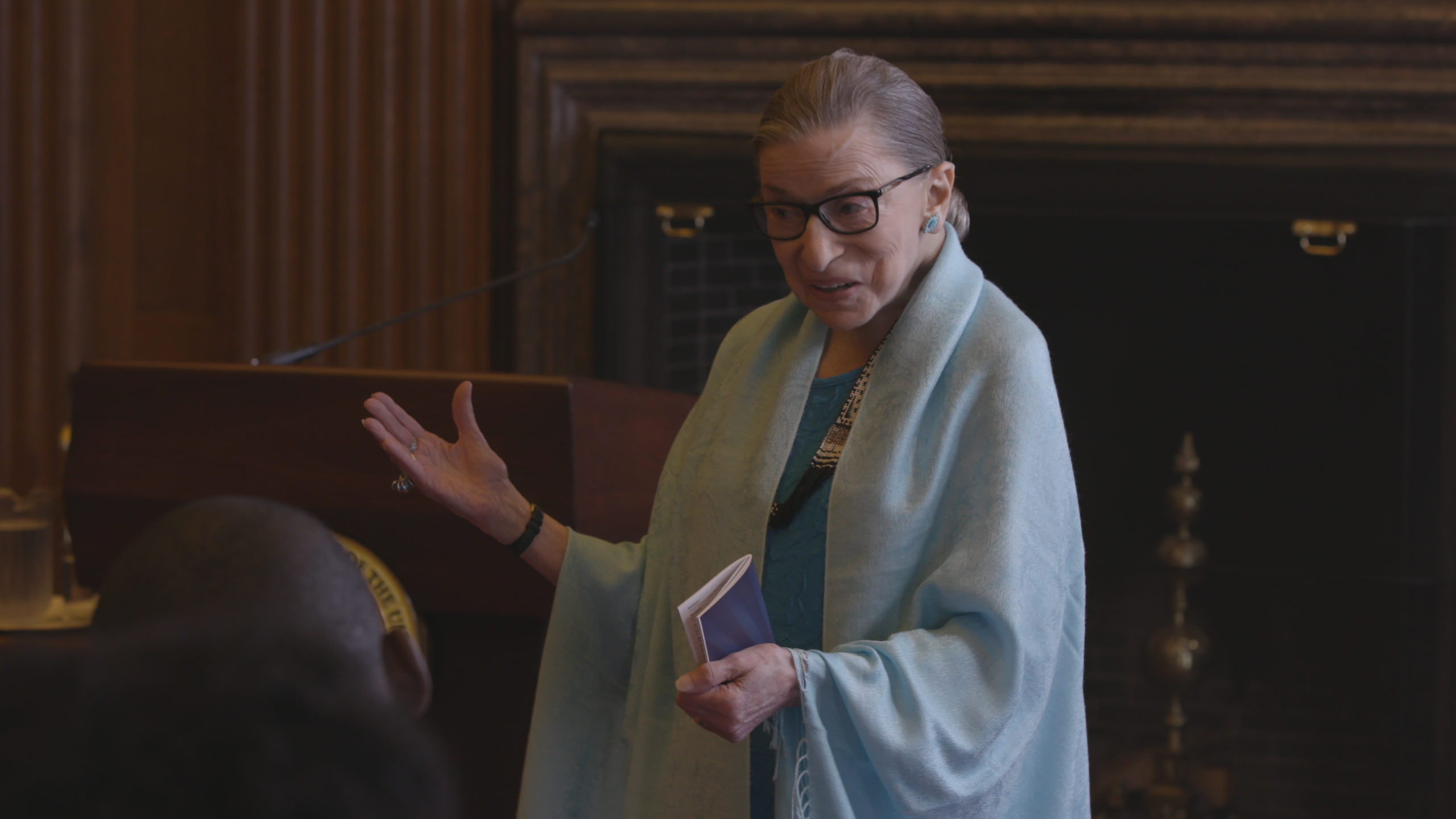Boom for Real: The Teenager Years of Jean-Michel Basquiat
(USA, 78 min.)
Dir. Sara Driver
Those of us who love New York, and are old enough, remember the fall of 1975 when the city was on the verge of bankruptcy. President Gerry Ford, a Nixon appointee who was never elected to the White House even as Veep, made a speech saying that the city had got what it deserved and the federal government would refuse to bail it out. The next day, the terrifyingly popular tabloid the NY Daily News proclaimed “Ford to City: Drop Dead.”
It’s that period in Manhattan, the late Seventies and early Eighties, which Sara Driver evokes in Boom for Real. Ostensibly a film about the young Jean-Michel Basquiat, who quickly emerged as a brilliant painter before dying tragically young from a heroin overdose, Driver’s film is about a controversial period in New York, when the middle class had fled the city and it was easy for artists to live in cheap flats in areas like the lower East Side and Hell’s Kitchen, now long since gentrified. With the low rent came crime, corruption and addiction, but those who survived, like Driver and her partner Jim Jarmusch, have become understandably nostalgic about a period when, as one person in the doc says, “everyone knew everybody,” and art and a sense of community flourished.
In the film, Jarmusch recalls Basquiat seeing him and Driver walking down the street, saying hi, then racing off to return a minute later with a single rose for Sara. Jarmusch says that was Basquiat, always going after his friends’ girls. Young and beautiful, Basquiat had no problem finding plenty of women in the arts scene who wanted him, nor men who were happy to embrace him as a rising talent. At that point, he claimed sole credit foe being SAMO, a roaringly successful anonymous graffiti artist, although the project had actually been a collaboration with his friend Al Diaz. In Boom for Real, Driver interviews Diaz as wall as friends and ex-lovers and none of them dishes the dirt. Everyone remembers Basquiat fondly—he was young and gifted and black and died way too young.
Driver has created a doc, which contains two narratives, the rapid rise of SAMO to Basquiat the art star and the equivalent surge of New York City as it emerged from the economic crisis caused by “white flight” and the deterioration of its shipping and light manufacturing centres. Each success had its own perils. For Basquiat, it was the old tale of “too much, too soon,”—and he died of its consequences. For Manhattan, it has been an astonishing tale of economic success, which has drained the borough (and most of the city) of its soul.
Driver was there and hits the high points: the Mudd Club, the crazy art scene with new music—hip hop and punk—and fashion, and the amazing Times Square Show in 1980, which introduced new artists to the mainstream gallery world, including Basquiat. Boom for Real reminds us of a time when a community existed in downtown Manhattan and could actually sustain itself. It’s the story of Queen Street West in Toronto and so many cultural scenes around the world that are beloved now, probably because they seem impossible to replicate. And Driver’s film gives us some insight into the mysterious brilliant Basquiat, whose art will surely endure.
Boom for Real opens in Toronto at Hot Docs Ted Rogers Cinema on May 18.












